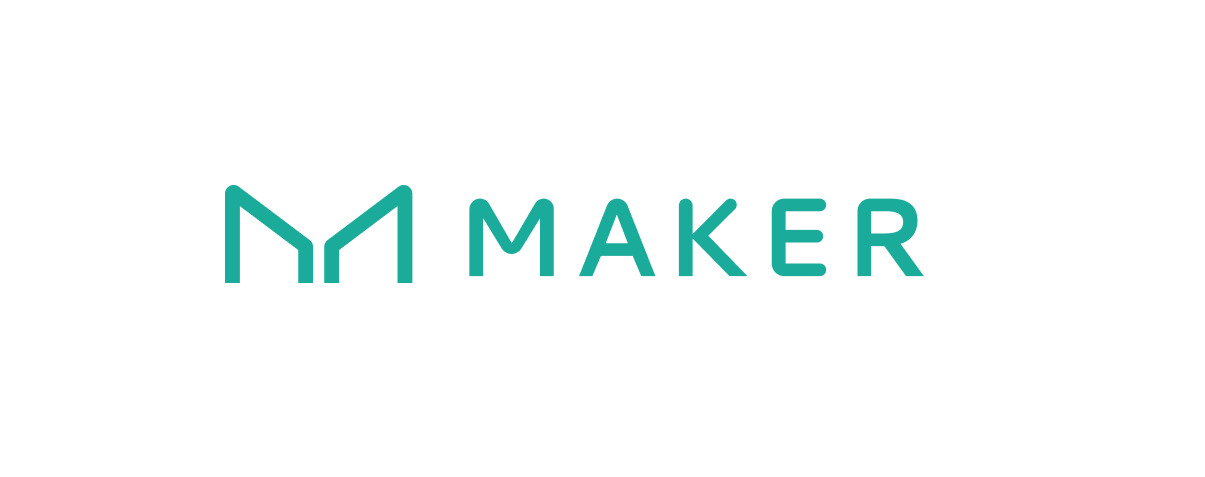
Balancer DAO
Balancer is a decentralized automated market maker (AMM) protocol enabling customizable liquidity pools and token swaps on Ethereum.
Overview
Balancer is a decentralized finance (DeFi) protocol that functions as an automated market maker (AMM) on Ethereum. It allows users and developers to create customizable liquidity pools with multiple tokens and flexible weightings, enabling efficient token swaps and liquidity provision. The protocol supports a variety of pool types and advanced features such as smart order routing and customizable fee structures. Balancer is designed for DeFi developers, liquidity providers, and financial institutions seeking programmable liquidity solutions and composable DeFi infrastructure.
The platform offers a comprehensive SDK and APIs for integration, allowing developers to swap tokens, add or remove liquidity, and build custom AMMs or specialized routers. Balancer’s modular smart contracts enable extending pool types with hooks for custom logic. Extensive documentation covers core concepts, integration guides, developer references, and partner onboarding to facilitate smooth adoption. Balancer also provides data and analytics tools, including subgraphs and dashboards, to monitor pool performance and on-chain activity.
What sets Balancer apart is its flexibility in pool design, supporting multi-token pools with arbitrary weights rather than fixed 50/50 splits common in other AMMs. This enables more efficient capital usage and tailored liquidity strategies. Its open architecture encourages composability and innovation, allowing developers to build complex DeFi products on top of Balancer’s protocol. The protocol is actively maintained with a strong community, governance mechanisms, and ongoing grants to support ecosystem growth. Developers can get started quickly using the open-source SDK, starter kits, and detailed deployment references.
The Problem
DeFi developers and liquidity providers face challenges with rigid AMM designs that limit capital efficiency and customization. Existing protocols often restrict pools to fixed token ratios, reducing flexibility for complex liquidity strategies. Additionally, integrating and extending AMM functionality can be difficult without modular, developer-friendly tools.
The Solution
Key Features
Token Swapping and Liquidity Management
APIs and SDKs to swap tokens, add or remove liquidity programmatically.
Balancer DAO Alternatives
Explore web3 competitors and apps like Balancer DAO.

Crypto.com
Pricing
Free | |
|---|---|
| Price (Monthly) | Free |
| Price (Annual) | Free |
| Messaging | N/A |
| Support | Community support via Discord and GitHub |
| Analytics |
Start Building Now
Reliable RPC, powerful APIs, and zero hassle.
Resources
Balancer provides extensive resources including core concept explanations, integration guides, developer references, and partner onboarding documentation. The GitHub repositories host the protocol’s smart contracts, SDKs, APIs, and frontend code. Community engagement is supported through Discord, forums, and governance portals.














